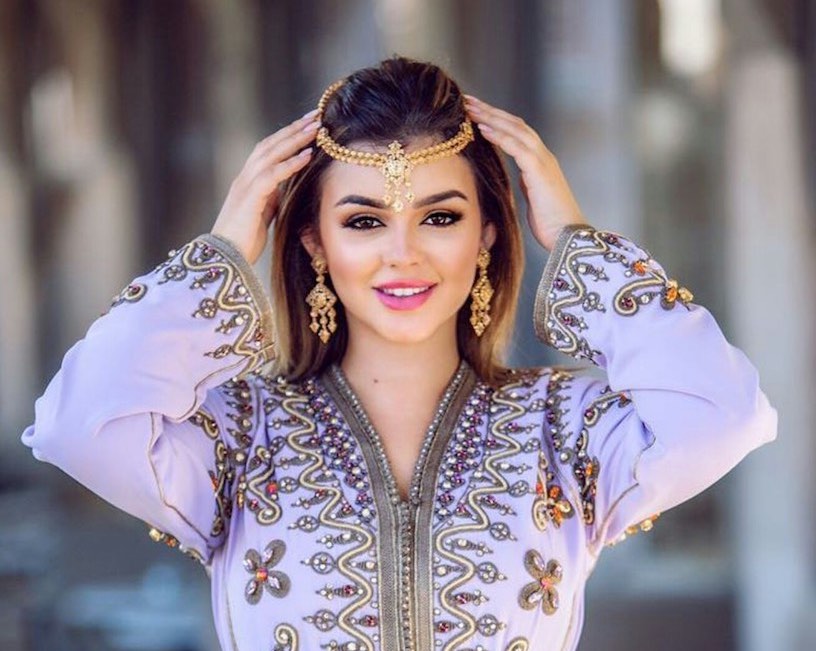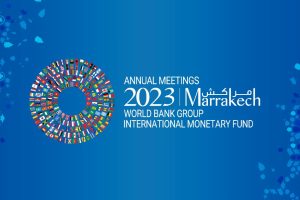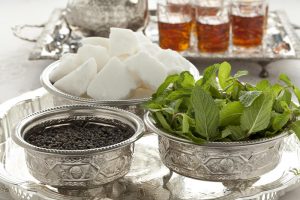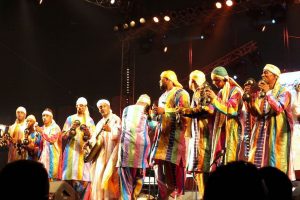As one of the most diverse and tolerant cultures in North Africa, Morocco is noted for its liberal open approach to culture. However, their fashion and dress culture is something that retains a more classical feel to it.
With traditional dress from the nation centuries old in style, it’s undergone many modernisations while still maintaining some important traditional features.
Typically, most would see that Caftan is the ‘true’ traditional form of dress in the country. However, the Arabic nomads and the Amazigh tribes to the Eastern parts of the nation might contest that.
For some, the Jellaba is the most common casual dress style on a daily basis; the Caftan is for formal events and celebrations. These are the three particular ‘styles’ of Moroccan dress that have existed for generations.
The Caftan formal dress tends to be split up into different kinds; Caftan and Takcheeta, Takcheeta being the more formal style. It combines an upper layer to the dress, known as a Dfeena.
The classic Takcheeta styles, otherwise known as “Malakiya” or “Mekhzaniya”, are in reference to the Fassi dress styles worn by the Princesses of the Royal Family.
Despite its formal appearance, though, many Moroccans tend to wear Takcheeta style clothing regularly, even outside of formal events. With yearly fashion shows that showcase the latest styles in the Caftan style, too, it’s easy to see why these traditional forms of Moroccan dress have changed and evolved with modernity.
Indeed, major fashion designers such as Jean Paul Gaultier have spent time revisiting the famous Caftan brand and traditional styling.
How Are Traditional Dresses Made?
Once the fabric has been bought – from Kashmir and velvet to silk and brocade – decisions are made about kind of dress will be made.
From £25-£1100, there are options for everyone in terms of fabric quality and style. Depending on what you can afford, you can have any kind of the three traditional dress styles created.
Once the fabric is purchased, it’s taken to a beldi-style (traditional style) dressmaker. These tailors then help us to better understand the tailoring process, including the “Sfeefa” colouring and styling. Sfeefa, for reference, is a particular ornamental add-on to traditional Moroccan dress.
When a pattern is chosen, the fabric will be given to a design team and everything will be added on from the unique embroidery to the pearls. Silk and/or gold threading will be used with the Sfeefa, ensuring it maintains that richness and quality.
Usually, a Takcheeta will be made using two layers and a belt as well, usually made from gold and/or silk threads as above. The belts tend to be made from gold or silver, though this tends to be out of the financial reach of many.
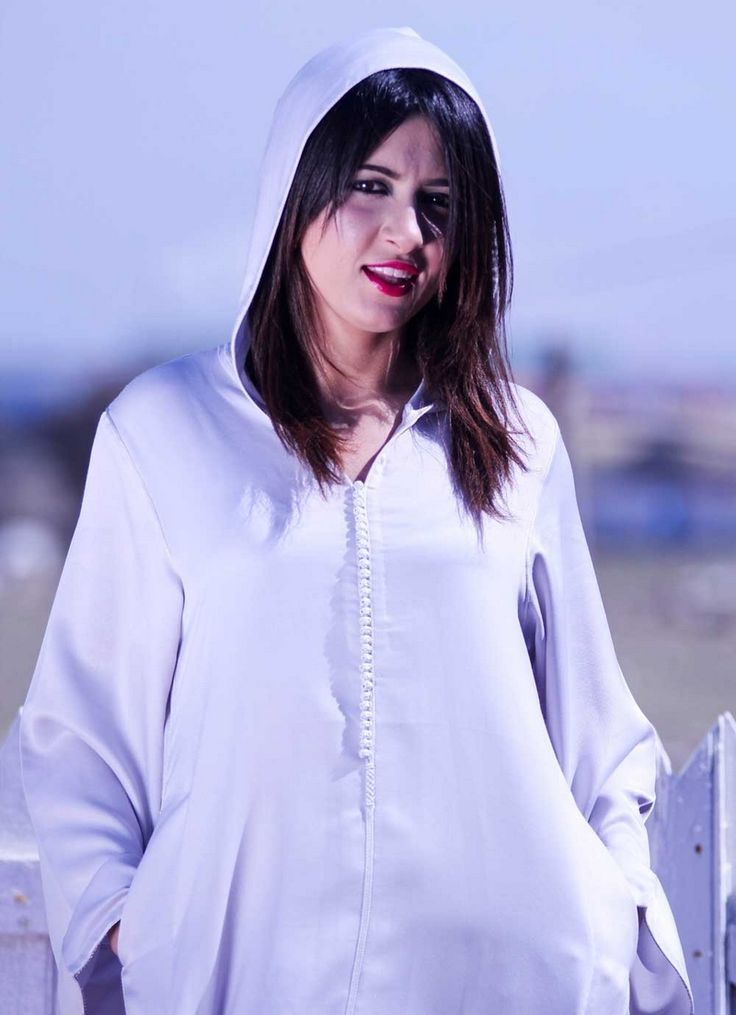
Jellaba Style
The Jellaba is a more discrete option, usually equipped with a hood. Typically for day-to-day wear, it’s more casual than the ideas floated above. Usually, though, it’s also worn to events such when offering condolences.
Most people stick to their Jellaba attire for religious celebrations, However, the Jellaba is not only for women but men as well. They obviously carry a different style, though!
Men also have their own particular style to turn to; a Caftan that is referred to as Qamiss, and a particular style within that known as Gandoura. This helps men to maintain a fitting, stylish look with relative ease.


